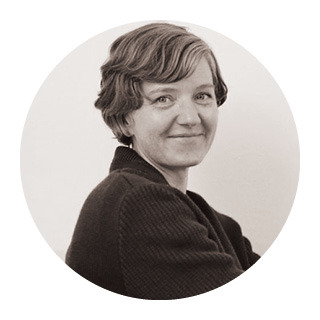
太田南海
Nankai Ota展示会場
明治21(1888)年、長野県松本市生まれ。本名は桂一。才能を見込んだ人形師の父により、明治38(1905)年に木彫家の米原雲海に入門。21歳で「南海」の号を贈られる。また、日本美術院を率いた岡倉天心にも絵の才能を見出され、彫刻のみならず日本画など多彩な作品を残した。師匠からの信頼が厚く、明治45(1912)年に雲海塾を卒業した後も、雲海工房の主力として活躍。善光寺仁王像の頭部など主要部分の制作や、松平直政公の巨大な騎馬像の仕上げにも携わった。
昭和5(1930)年に東京から松本に拠点を移し、仏像や肖像、祭りの舞台などを制作しながら文展や帝展への出品を続けた。昭和10(1935)年頃「松本館」の新築に関わり、設計や室内の装飾彫刻などを手掛けた。昭和34(1959)年に70歳で生涯を閉じるまで松本で活動を続け、地元作家の団体を設立し発表の後押しをするなど、地元の芸術振興に尽力した。
Born in Matsumoto City, Nagano Prefecture in 1888 (Meiji 21). His real name is Keiichi. He was introduced to woodcarver Yonehara Unkai in 1905 by his father, a puppeteer who saw his talent. At the age of 21, he was given the name “Nankai”. Okakura Tenshin, the leader of the Japan Art Academy, also recognized his talent for painting, and he left behind a wide variety of works, including not only sculptures but also Japanese paintings. He was highly trusted by his master, and after graduating from Unkai Juku in 1912, he continued to be a mainstay of Unkai Studio. He was involved in the creation of the head and other major parts of the statue of Nioh at Zenkoji Temple, as well as the finishing touches of the huge cavalry statue of Naomasa Matsudaira.
In 1930, he moved his base from Tokyo to Matsumoto, where he continued to exhibit his works at the Bunten and Teiten exhibitions while creating Buddhist statues, portraits, and festival stages. He continued to be active in Matsumoto until his death in 1959 at the age of 70, and devoted himself to the promotion of local art by establishing an organization for local artists and encouraging them to exhibit their works.
作品ステートメント
太田南海が設計監修した結婚披露宴のための大広間で、新郎新婦の門出を祝ってきた。左の床柱は南海の手で彫り上げられたもので、桃の木をを中心に仙人と天女が配置されている。桃の実を食べると長生きするという中国の西王母伝説を題材に、延命長寿を願う柱とされる。右の床柱は立身出世を意味する鯉の滝登りの様子で、諏訪の宮大工からもらい受けた柱の高さを合わせるため、南海が上部に雲を足したといわれる。両壁上部にしつらえた扇面には、松竹梅や四君子の文様の飾り彫りが施され、隅々まで祝いの席にふさわしい吉祥のモチーフを配している。
広間全体を彩る絵は、横浜出身の日本画家金子嶺挙によるもので、3年8か月逗留し全て1人で仕上げたという。折上げ格天井には鶴、組子障子の腰板には亀の絵を配し、中央は「百花百鳥」をテーマにした106枚の天井画で埋め尽くしている。入口側の舞台天井には白鳳凰を描き、松羽目の背景は反転すると桜花爛漫の図に変わる仕掛けがされている。かつての宴席には必ず芸者衆による座付きがあったといい、松本の料亭文化を今に伝えている。
This is a large hall for wedding receptions that celebrated brides and groom’s new departure and it was designed and supervised by Nankai Ohta. The floor pillar on the left was carved by Nankai’s hand, with a hermit and a nymph placed around a peach tree. Based on the Chinese legend of the Queen Mother of the West, who is said to live longer if she eats peaches, the pillar is said to wish for long life. The floor pillar on the right depicts a carp climbing up a waterfall, a symbol of success in life, and it is said that Nankai added clouds to the top of the pillar to match the height of the pillar he received from a shrine carpenter in Suwa. The fans at the top of both walls are decorated with ornamental carvings of pine, bamboo, plum, and four noble families, and every corner of the hall is decorated with auspicious motifs suitable for celebrations.
The paintings that decorate the entire hall were done by Yokohama-born Japanese painter Reikyo Kaneko, who stayed in Japan for three years and eight months and painted the entire hall by himself. A picture of a crane is placed on the coved ceiling, and a picture of a turtle is placed on the waist board of the braided shoji. The center is covered with 106 ceiling paintings on the theme of “Hundred Flowers and Hundred Birds”. A white phoenix is painted on the ceiling of the stage at the entrance, and the background of the pine paneling is designed to change into a picture of cherry blossoms in full bloom when reversed. It is said that in the past, banquets were always accompanied by geisha, and the ryotei culture of Matsumoto has been handed down to the present.















